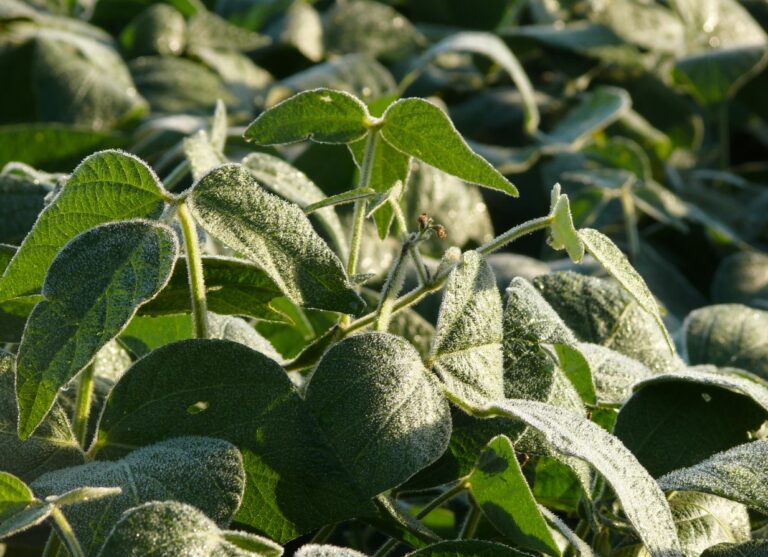Soybeans are an annual, self-pollinating species originating from the wild soybean plant (Glycine soja). They were initially domesticated in China and first grown as a forage crop in North America. Soybeans were cultivated in Ontario as early as the 1880s and in 1925, Charles Zavitz developed the first Canadian soybean cultivar.
Soybeans are the largest row crop in terms of acres in Ontario with about 1.2 million ha (3 million acres) grown annually and represent Ontario’s largest agricultural export. Private and public breeding initiatives, as well as improved production practices, have increased the provincial average yield to approximately 50 bu/ac, up from 25 bu/ac in the 1960s. Yields over 100 bu/ac have been reported in research trials. They are now grown in most parts of the province including limited acreage in northern Ontario. The wide adoption of this crop across the province is due to the development of early maturing varieties, adaptability to no-till production, a wide selection of herbicides, and the relatively low cost of production.
About 75% of the varieties grown in Ontario are GMO (genetically modified organism) with the remainder being non-GMO. Beyond the conventional end-use of soybeans for oil production and animal feed, Ontario fulfills marketing opportunities for specialty soybeans with identity preservation (e.g., food grade, non-GMO, organic, etc.). Ontario is recognized internationally for its identity preserved (IP) soybean industry.
